Maximizing Car Accident Compensation Calculating Your Payout
This article elucidates the process of maximizing compensation after a car accident, focusing on the calculation of damages and the role of insurance.

It explores the concept of no-fault insurance, the impact of bodily injury liability insurance, and the factors influencing settlement value.
It also highlights the significance of injury types and their respective effects on the settlement amount, thereby providing a comprehensive understanding of car accident compensation.
Key Takeaways
- Economic damages, such as medical costs and lost wages, are included in car accident compensation.
- Non-economic damages, such as pain and suffering, can also be considered in the settlement value.
- The three-step multiplier method is commonly used to calculate the claims settlement value.
- In no-fault insurance states, you must first turn to your own insurance company for bodily injury claims.
Understanding the Types of Damages After a Car Accident
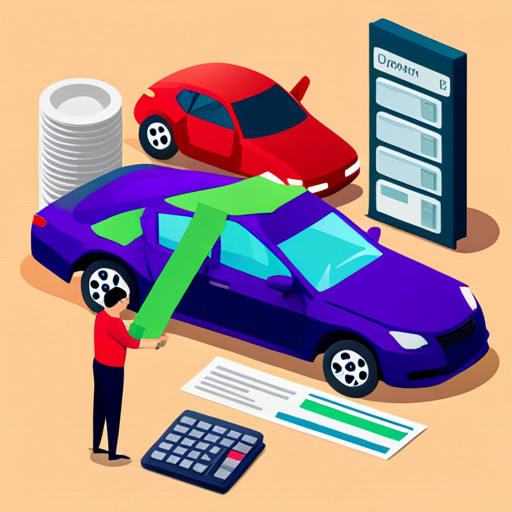
In the process of maximizing car accident compensation and calculating potential payouts, it is crucial to understand the two types of damages that can be incurred after a car accident: economic and non-economic damages.
Economic damages encompass tangible losses, such as medical costs, transportation expenses, and property repair costs.
Non-economic damages, on the other hand, represent intangible impacts like pain and suffering or diminished quality of life.
Calculating pain and suffering typically involves multiplying the total economic damages by a certain factor, which reflects the severity of the non-economic harm.
Evaluating non-economic damages, though more subjective, is essential to ensure comprehensive compensation and to reflect the overall impact of the accident on the victim's life.
Steps to Calculate Car Accident Compensation
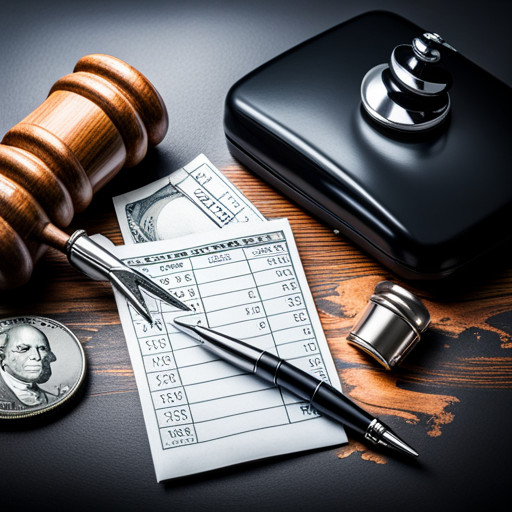
Steps for determining potential reimbursement following a vehicular mishap involve a systematic approach that includes calculation of both economic and non-economic damages.
Key economic losses, such as medical expenses and lost wages, are quantified. Pain and suffering, a non-economic loss, is calculated typically by applying a multiplier to these economic damages. This multiplier varies, reflecting the severity of physical and emotional distress endured.
Once all damages are computed, the negotiation process with insurance companies commences. This negotiation aims to attain a settlement that adequately compensates for all losses, both monetary and non-monetary.
It is important to note that the complexity of calculating pain and suffering, coupled with the intricacies of negotiating with insurance companies, often necessitates legal counsel's expertise.
Role of Insurance Companies in Car Accident Compensation

Insurance companies play a pivotal role in determining the settlement amounts for damages incurred during vehicular mishaps. They evaluate the extent of injuries, potential recovery time, and the impact on the victim's quality of life. In addition to the assessment of the physical and emotional damages, they also consider the financial implications, such as lost earnings and medical expenses.
Maximizing insurance coverage and negotiating settlement offers are crucial steps in the process of obtaining a fair compensation. This involves:
1. Thoroughly understanding the terms and conditions of the insurance policy to ascertain the maximum possible coverage.
2. Engaging in negotiations with the insurance company to arrive at a fair settlement offer, taking into account all economic and non-economic damages.
3. Seeking professional legal advice to assist in these negotiations, ensuring that the victim's best interests are represented robustly.
Explaining the No-Fault Insurance Concept
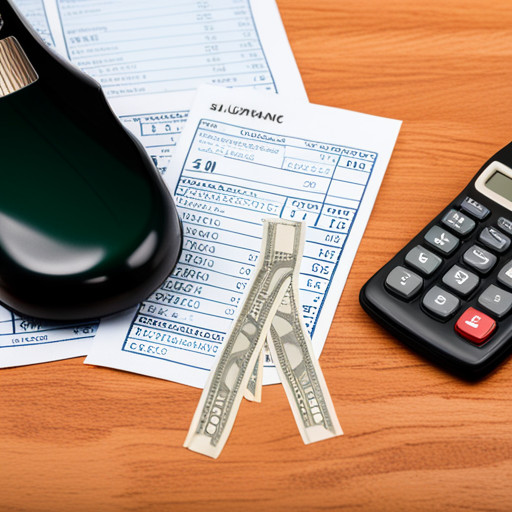
No-fault insurance concept, prevalent in some jurisdictions, stipulates that each party involved in a vehicular incident must primarily seek compensation from their own insurance provider, irrespective of who is deemed responsible for the accident. This concept presents several pros and cons.
A key advantage is the swift resolution of claims, reducing the need for protracted legal battles to determine fault. However, its disadvantage lies in the limitation it imposes on personal injury claims. In no-fault insurance jurisdictions, claimants cannot sue for non-economic damages (like pain and suffering) unless their injuries meet a certain severity threshold. This impacts the overall compensation a claimant can receive.
Thus, the no-fault insurance system significantly influences the dynamics of personal injury claims following vehicular accidents.
The Impact of Bodily Injury Liability Insurance
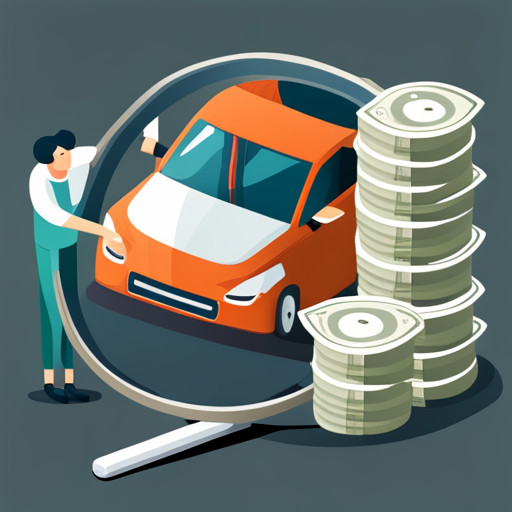
Bodily injury liability insurance, mandated in all states, plays a crucial role in covering the expenses related to injuries caused by the at-fault driver in a vehicular incident. This type of insurance is paramount in the compensation process post-accident.
The role of insurance adjusters in car accident compensation is multi-faceted. Insurance adjusters investigate accident claims, evaluate policy coverage, and negotiate settlements on behalf of the insurance company.
The importance of gathering evidence for a car accident claim cannot be underestimated. This includes photographs, eyewitness accounts, and medical reports, which inform the adjuster's assessment.
Bodily injury liability insurance assists in ensuring the injured party receives adequate financial recompense, mitigating potentially devastating financial burdens.
Navigating Uninsured and Underinsured Motorist Coverage

Navigating through uninsured and underinsured motorist coverage requires a comprehensive understanding of these insurance policies, which are designed to protect policyholders in the event of an accident involving a driver who lacks sufficient insurance coverage. Maximizing uninsured motorist coverage can be achieved by understanding its scope and limitations. The table below elucidates two key aspects of these coverage types:
| Coverage Type | Description |
|---|---|
| Uninsured Motorist Coverage | Compensates for damages when the at-fault driver has no insurance |
| Underinsured Motorist Coverage | Covers the difference between driver's claim and at-fault party's insurance limit |
Underinsured motorist compensation is often underestimated, but with careful navigation and understanding, it can provide substantial financial relief in post-accident scenarios. It is essential to consider these points when opting for motorist coverage options.
Claiming Property Damage After an Accident
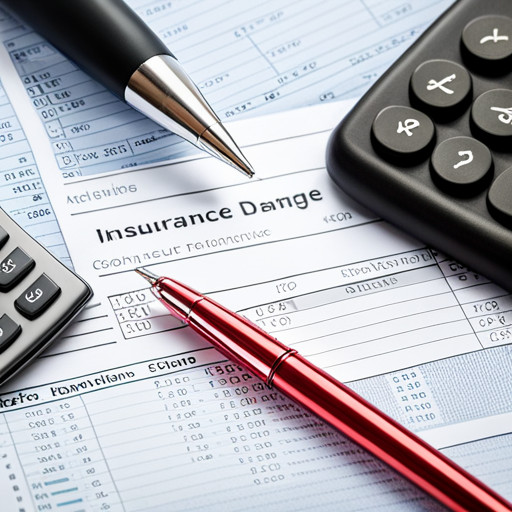
Claiming property damage following a collision necessitates understanding the intricacies of the insurance process. This includes knowing the responsibility of the at-fault driver and the potential for expedited repairs through one's own collision coverage.
Filing insurance claims: Immediate contact with the insurance company is crucial after an accident. This can expedite the process of receiving compensation for damages.
Proving property damage: This requires documenting the damage, through photographs or videos, and collecting repair estimates.
Responsibility of the at-fault driver: Usually, the at-fault driver's insurance covers property damage. However, in cases where the at-fault driver is uninsured or underinsured, the victim's own collision coverage could be used.
An understanding of these aspects can aid in maximizing compensation for property damage.
The Process of Insurance Reimbursement for Property Damage

Moving from the identification of damages post-accident to the process of insurance reimbursement provides a comprehensive understanding of the recovery journey. Navigating insurance claims is an intricate procedure that involves furnishing the necessary documents and negotiating the terms with the insurance provider. The process includes validation of the claim, estimation of repair costs, determining liability, and final settlement.
Seeking reimbursement is a crucial element of this procedure. It involves the insured party presenting a demand for compensation to their insurance provider. It's essential that each phase of the claim process is meticulously managed to ensure accurate reimbursement.
This exploration of the process illuminates the complexities involved and the need for strategic management of the claim to maximize compensation.
How Accident Location Affects Property Damage Responsibility

The geographical location of an automobile incident can significantly influence the assignment of responsibility for property damage. Several factors are considered in the process of determining liability for property damage. The impact of accident location becomes paramount in specific scenarios.
1. Jurisdiction: Different states or countries may have varying laws and regulations in place for vehicular accidents.
2. Road conditions: The site of the accident might be inherently hazardous due to poor maintenance or structural issues, implicating local authorities in damage reports.
3. Traffic rules: The presence or absence of traffic signs, signals, or markings at the accident location can impact the determination of fault.
Deciphering the Average Car Accident Injuries and Payouts

Deciphering the average injuries and payouts resulting from vehicular collisions necessitates an understanding of the wide range of potential physical harm and the corresponding financial settlements.
The average settlement amounts encompass both economic and non-economic damages, with the former including quantifiable costs such as medical expenses and lost wages, and the latter covering intangible losses like pain and suffering.
The severity and duration of injuries, alongside the impact on quality of life, are significant factors affecting settlement value.
It is also imperative to note the variability across cases, influenced by the specific circumstances of the accident, available insurance coverage, and the assets of the liable parties.
Therefore, while averages provide a general guide, individual outcomes can diverge considerably.
Factors Affecting the Value of a Car Accident Settlement

Several elements come into play when determining the monetary value of a settlement following a motor vehicle collision. These elements, or factors affecting settlement value, broadly fall into three categories:
1. Economic damages: These are quantifiable costs associated with the incident, such as medical expenses, lost wages, and property damage.
2. Non-economic damages: These subjective costs include pain and suffering, emotional distress, and reduced quality of life.
3. Liability issues: The degree of fault attributed to each party significantly influences the settlement's value.
Determining compensation factors involves a careful analysis of these elements. The severity and permanence of injuries, the impact on earning capacity, and the clarity of liability are crucial considerations in this process.
The ultimate goal is to reach a fair and comprehensive settlement that adequately compensates the accident's victim.
Understanding the Limitations of Car Accident Compensation

After a comprehensive analysis of the factors affecting the settlement value of car accident compensation, the focus now shifts to understanding the limitations of such compensation. It is crucial to acknowledge that the compensation received after an accident is not always fully satisfactory. This inadequacy arises from various limitations. One primary constraint is the maximum limit on the insurance coverage of the at-fault party. Another limiting factor is the extent of the claimant's injuries and the associated medical expenses. Additionally, the subjective nature of non-economic damages like pain and suffering can also limit compensation.
| Limitations of Car Accident Compensation | Explanation |
| Insurance Coverage Limit | Bound by the at-fault party's maximum insurance coverage |
| Extent of Injuries | Defined by severity of injuries and corresponding medical costs |
| Non-economic Damages | Subjective and vary from case to case |
Recognizing the Scope of Injuries and Their Impact on Settlement Amount

In the realm of personal injury law, the severity and extent of physical harm sustained by an individual significantly influence the value of a settlement claim. Recognizing the scope of injuries and their impact on the settlement amount is a crucial aspect of maximizing car accident compensation.
1. Evaluating medical expenses: The economic damages, including current and future medical expenses, provide a baseline for the settlement amount.
2. Assessing long-term impact: This includes the impact of the injury on the individual's ability to work and enjoy life, which are accounted for as non-economic damages.
3. Negotiating with the insurance company: The insurance company's initial settlement offer is often lower than the amount the injured party may be entitled to. Expert negotiation can significantly increase the final settlement.
Classifying Different Types of Car Accident Injuries

Classifying different types of injuries resulting from motor vehicle collisions is vital to understanding their impact on the potential settlement amount.
The car accident injury classification system divides injuries into soft tissue, musculoskeletal, and severe or catastrophic.
Soft tissue injuries, often invisible on x-rays, include bruises, sprains, and whiplash.
Musculoskeletal injuries are damage to bones, ligaments, or tendons, such as fractures or dislocations.
Severe or catastrophic injuries, such as traumatic brain injuries or spinal cord damage, have long-term or permanent effects.
These classes of injuries greatly influence the settlement value, as the severity of the injury, the cost of medical care, and the impact on the victim's life are significant factors affecting settlement value.
Frequently Asked Questions
How Long After a Car Accident Can I File a Claim for Damages or Injuries?
The timeframe for filing a claim for damages or injuries post a car accident is defined by each state's statute of limitations. This period can range from one to six years, contingent on the state's specific laws.
It is crucial to consider this legal deadline while seeking compensation. Filing a claim beyond this period might result in forfeiting the right to compensation.
To ensure compliance, understanding these legal considerations and claim deadlines is imperative.
Can I Still Receive Compensation if I Was Partially at Fault for the Car Accident?
In assessing fault after a vehicular accident, the principle of comparative negligence is often applied. This legal doctrine acknowledges that multiple parties may share responsibility for an accident. Even when partially at fault, an individual may still be eligible for compensation.
However, the amount may be reduced proportionate to their degree of fault. Therefore, under comparative negligence, partial fault does not necessarily preclude the receipt of accident compensation.
How Can I Ensure That All My Medical Costs Are Completely Accounted for in the Economic Damages Calculation?
Ensuring complete accounting of medical costs in the economic damages calculation requires meticulous documentation of expenses. This includes medical bills, prescription costs, and related out-of-pocket expenses.
Legal assistance can be instrumental in this process, as professionals are adept at identifying often-overlooked costs.
Assistance from a legal expert can also provide invaluable guidance in negotiating with insurance companies, ensuring that all medical costs are adequately covered in the final compensation.
What Steps Can I Take if the Insurance Company’s Settlement Offer Is Lower Than My Calculated Claim Value?
In instances where an insurance company's settlement offer falls short of the calculated claim value, strategic negotiation tactics can be employed.
Engaging the services of legal representation can significantly enhance the negotiation process. Legal professionals possess the requisite knowledge and expertise to argue for a higher settlement, substantiating the claim with accurate, detailed evidence of damages incurred.
Persistence, patience, and professional legal counsel are vital components of successful claim negotiations.
Can I Claim Compensation for Psychological Trauma Experienced After a Car Accident?
Psychological trauma post-car accident can be claimed as non-economic damages under the general damages category. It is essential to have professional documentation of trauma, such as medical records or therapist reports.
This trauma documentation, coupled with proof of therapy coverage, can substantiate the claim. Compensation for psychological trauma varies depending on severity and its impact on the individual's life.
Hence, comprehensive documentation is key to maximizing compensation for psychological trauma after a car accident.

This post has been generated by AI and was not reviewed by editors. This is Not legal advice. Please consult with an attorney.




